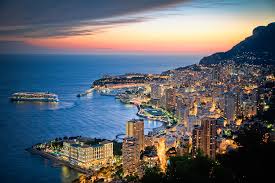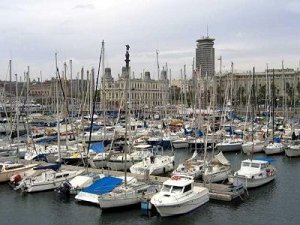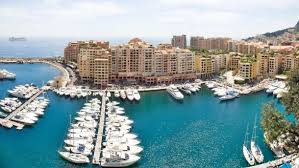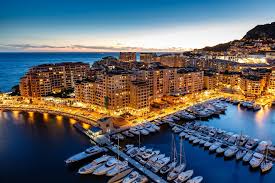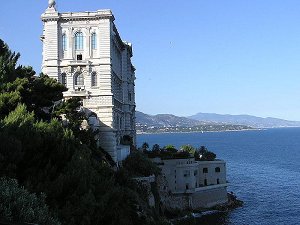Nature of monaco
 Monaco is located on the southern periphery of the maritime Alps composed of limestone. The climate is Mediterranean with moderately warm winters (average January temperature + 8-10 ° С) and dry, warm and sunny summers (average July and August temperatures 24 ° С). There are up to 300 sunny days a year, and rainy – approx. 60. The average annual rainfall is 1300 mm. They fall mainly in the fall.
Monaco is located on the southern periphery of the maritime Alps composed of limestone. The climate is Mediterranean with moderately warm winters (average January temperature + 8-10 ° С) and dry, warm and sunny summers (average July and August temperatures 24 ° С). There are up to 300 sunny days a year, and rainy – approx. 60. The average annual rainfall is 1300 mm. They fall mainly in the fall.
The Nature of Monaco The Alps protect the sea from the cold northerly winds. In summer, sea breezes have a cooling effect on the coast. Thanks to its mild climate, Monaco is a popular Mediterranean resort. In the coastal zone, the red-colored soils of terra rso and brown soils are developed; in the mountains, brown forest soils. Typical Mediterranean vegetation is common. Xerophytic grasses, rare shrubs and shrubs (gariga) grow on dry slopes, shrubberies (maquis) on wetter ones, and in some places forests are preserved. Kermes and stone oak, pine, black and Alep pine, boxwood, juniper, olive, fig and other typical representatives of the Mediterranean flora are widespread in the forests.
In Monaco, there are also dwarf palm, seaside pine, Atlas cedar and cork oaks, beech-shaped, felt-leaved. In maquis, strawberry large-fruited (blooms in late autumn or winter), incense, myrtle, pistachio, viburnum, red juniper and others are distinguished. Shrimp kermes oak, to which juniper, gorse, rosemary, hold-tree, thyme are predominant, are in the garig. A fifth of the territory of Monaco is occupied by gardens and parks. There are plantings of olives, figs, pomegranates, almonds, pistachios, persimmons. Grow bananas, oranges, lemons, tangerines. Japanese medlar and camphor laurel from Japan, aloe, cacti, agaves from North and South America, eucalyptus from Australia are introduced.
The fauna of Monaco is poor. Of mammals, small rodents, hedgehogs, shrews, bats, including the Mediterranean bat, are found. There are many birds: mountain warriors, spectacled and white-haired, garden oatmeal, sea mockingbird, kingfisher, red-necked goat, lark, black-pinto and black-bellied kamenka, blackbirds, etc. Among the reptiles, the steppe gecko, lizards are chalcid and sand, snake, esculapova etc., from amphibians – a tree frog and a green toad. There are many insects in Monaco, including butterflies. In the coastal zone of the Mediterranean Sea there are dolphins and a small number of commercial fish species (sardine, anchovy, flounder, mackerel, mullet, catfish), spiny lobsters, mussels.
